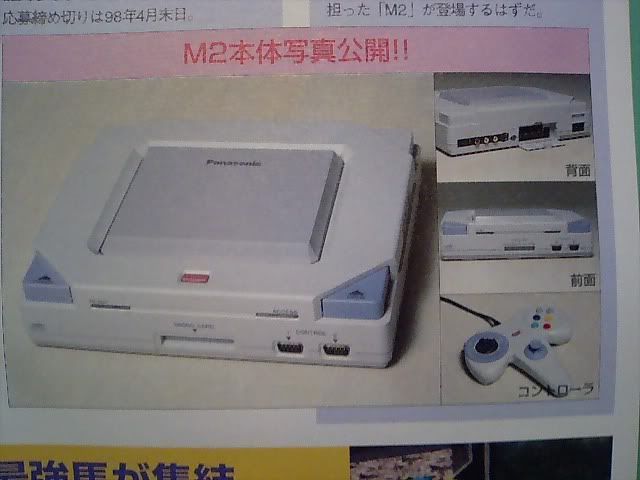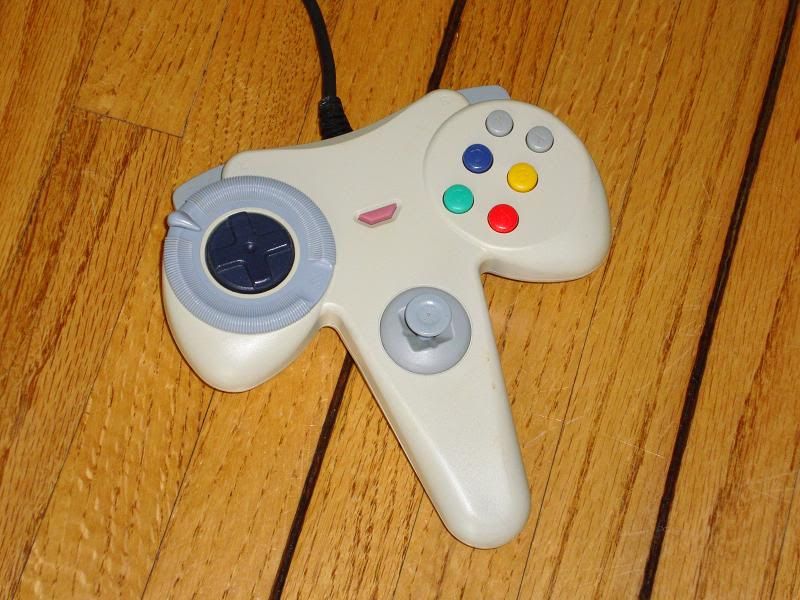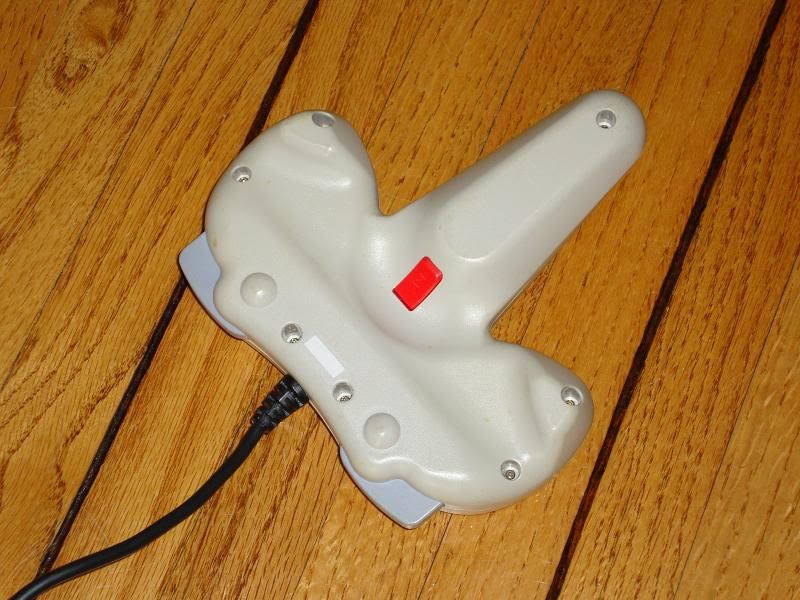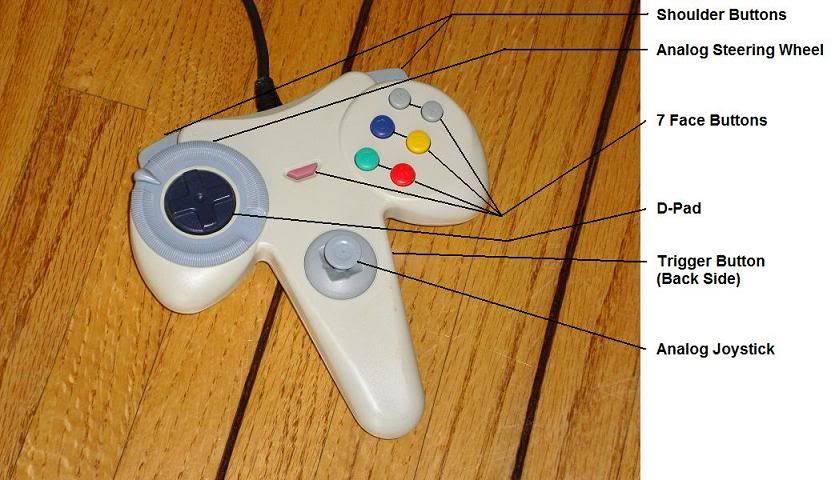Although experts acknowledge that the video games business is surprisingly
incestuous by even Jerry Springers standards, recent developments taking place
within two of Seattles biggest corporations have made that fact clear for the
whole world to see. Next Generation Online exclusively reports on how Nintendo
and Microsoft wound up eyeing the same companys chipset for the year 2000s
biggest game console.
Few in the video game industry are aware of a rift that formed between Nintendo
and partner Silicon Graphics, Inc. just as their jointly-developed 64-bit game
console rolled off production lines. Already beginning to feel financial
strains due to changing market conditions for their high-end graphics
workstations, Silicon Graphics found itself arguing over component profits with
notoriously tight-fisted Nintendo as the systems American launch MSRP
was lowered at the last minute before release. Although the companies
maintained their working relationship, the decidedly traditional and hard-
lined management at Nintendo had taken offense, and no longer considered SGI a
lock for development of Nintendos post-N64 game console.
Then several important events took place during 1997 inside of Nintendo, SGI
and one of their former competitors. Weak Japanese sales of the N64 and its
software lowered the companys confidence in the N64 platform, and American
sales were projected to fall off as key internal software titles were
continuing to miss release targets by entire seasons. Demonstrably strong sales
of PlayStation games in the inexpensive CD format had weakened the appeal
of Nintendos third-party development contracts, and Nintendo started to
believe that it was in the companys immediate interest to prepare a new
console for release as soon as Fall of 1999. At the same time, a number of
Silicon Graphics key Nintendo 64 engineers left the company to form the new
firm ArtX, with the express intention to win a development contract for
Nintendos next hardware by offering Nintendo the same talent pool sans SGIs
manufacturing and management teams.
As it turns out, most of the industrys top 3D chip experts have been lured
away from smaller firms by accelerator developers NVidia, 3Dfx and NEC, so
Nintendos pool of potential partners was already shrinking when it began to
shop around for a new console design team. Enter CagEnt, a division of consumer
electronics manufacturer Samsung, and heres where the confusion begins: CagEnt
was formerly owned by 3DO, where it operated under the name 3DO
Systems and developed the M2 technology that was sold to Panasonic for $100
Million some time ago. When 3DO decided to exit the hardware business, it sold
off the 3DO Systems division to Samsung, which named it CagEnt and gave it
roughly two years to turn a profit. CagEnt owned three key technologies: a DVD
playback system, a realtime MPEG encoding system called MPEG Xpress, and a
completed game console with a brand new set of console-ready chip
designs called the MX. Adrian Sfarti, who had formerly developed the graphics
architecture design for SGIs Indy workstation, was the head of the MX project.
The MX chipset was a dramatically enhanced version of the M2 chipset sold to
Panasonic and Matsushita, now capable of a 100 million pixel per second
fillrate and utilizing two PowerPC 602 chips at its core. (CagEnts executives
also boasted of a four million triangle per second peak draw rate, though the
quality of those tiny triangles would of course have been limited). Nintendo
executives Howard Lincoln and Genyo Takeda were among a group of
visiting dignitaries to tour CagEnts facilities, culminating in late 1997 or
early 1998 with a formal offer from Nintendo to acquire CagEnt outright. At
this point, Nintendo had terminated its development contract with SGI (see
SGI/MIPS Loses Nintendo Business).
As purchase negotiations continued, Nintendo worked with CagEnt engineers on
preliminary plans to redesign the MX architecture around a MIPS CPU, as
Nintendos manufacturing partner NEC has a MIPS development license but none to
produce the PowerPC 602. Nintendo and CagEnt flip-flopped on whether the
finished machine would include a built-in CD-ROM or DVD-ROM as its primary
storage medium, with Nintendo apparently continuing to insist that ROM
cartridges would remain at the core of its new game system. Yet as DVD and MPEG
technologies would have been part of the CagEnt acquisition, Nintendo would
probably have found some reasonable use for those patents eventually. The
MX-based machine was to be ready for sale in Japan in fall 1999 -- in other
words, development of games for the new console would begin within literally
months, starting with the shipment of dev kits to key teams at Rare and
Nintendos Japanese headquarters.
Although the asking price for CagEnt was extremely low by industry standards,
talks unexpectedly broke off in early 1998 when Samsung and Nintendo apparently
disagreed on final terms of CagEnts ownership, leaving Samsungs management
desperate for a suitor to buy the company. CagEnt aggressively shopped itself
around to other major industry players. SGIs MIPS division, reeling from the
loss of its N64 engineers to ArtX, allegedly considered
acquiring CagEnt as a means to offer Nintendo the technology it had already
decided it liked. Sega, 3Dfx and other companies toured CagEnts facilities and
finally CagEnt found a suitor.
In early April, Microsofts WebTV division ultimately acquired all of the
assets of CagEnt and hired on most of its key personnel. WebTV and Microsoft
apparently intend to use the MX technology at the core of their next WebTV
device, which as might be guessed from the graphics technology, will no longer
be limited to simple web browsing and E-mailing functionality. The next
generation WebTV box will be Microsofts low-cost entry into the world of
game consoles, melding the functionality of a low-end computer with a
television set-top box and game-playing abilities. Having worked with Sega
behind the scenes since 1993 or 1994, Microsoft has been quietly gathering the
knowledge it needs to market and develop games for such a device, and now it
has the hardware that even Nintendo would once have wanted for itself.
As for Nintendo, all signs point to a very unpleasant near future for the
Japanese giant. Lacking internal hardware engineers with the necessary
expertise to develop the next high-end chipset, Nintendo is now all but forced
to either partner with ArtX, or one of the 3D accelerator makers who have been
sucking the industry dry of all its most talented people, or perhaps join with
one of its other major rivals. The latest word has it that ArtX and
Nintendo are in talks to work together, perhaps under circumstances similar to
those under which Nintendo would have acquired CagEnt. Unlike CagEnt, however,
ArtX does not have a finished console or even half-completed chip designs to
sell Nintendo, and it would be unlikely that Nintendo would be able to scrape
together a reasonable system by Christmas 2000 with ArtXs present limitations.
Additionally, SGIs recent series of strategic lawsuits
against Nvidia and ArtX seem to be intended to serve as garlic and crosses to
stave off any Nintendo alliance with its tastiest potential allies: Nintendo
might well fear developing a new console only to find out that its core
technologies or employees are depending upon infringed patents, regardless of
the merits of those patents or the lawsuits.
Meanwhile, the company continues to harbor tremendous concerns for the future
of the Nintendo64 platform, which appears to be sinking deeper and deeper in
Japan by the day. Nintendos negotiations with CagEnt shed light upon the
tremendous dependence the Japanese company now has upon Rare, which has been
responsible for a number of the Nintendo 64s best-looking games and at least
two of the machines most popularDiddy Kong Racing and Goldeneye 007.
As Nintendos Japanese development teams have never been known for their
ability to stick to release schedules, the companys third-party rosters have
remained bare and its management has remained dogmatically fixated upon silicon
chips as its sole means of profit, Nintendos problems have set the stage for a
truly interesting set of negotiations come this E3.
To sum up, readers need to understand that decisions and relationships made
early in the design process of a new console can dictate a companys standing
in the industry for the following five years. Ripple effects from these
decisions can be felt in a companys bottom line can be felt for even longer.
Nintendo has found itself in the unenviable position of being without an
established partner and with the clock ticking down. If Nintendo should
choose to go with ArtX (assuming its able to fight off SGIs lawsuit), it will
need to complete a chip design is an extremely short period of time. If it
doesnt go with ArtX, Nintendo will have to find a technology that is already
suited to the console market or one that can readily be changed to suit a
similar purpose. Either way, at this point the chances of Nintendo hitting its
desired 2000 release with a new system are extremely slim.













